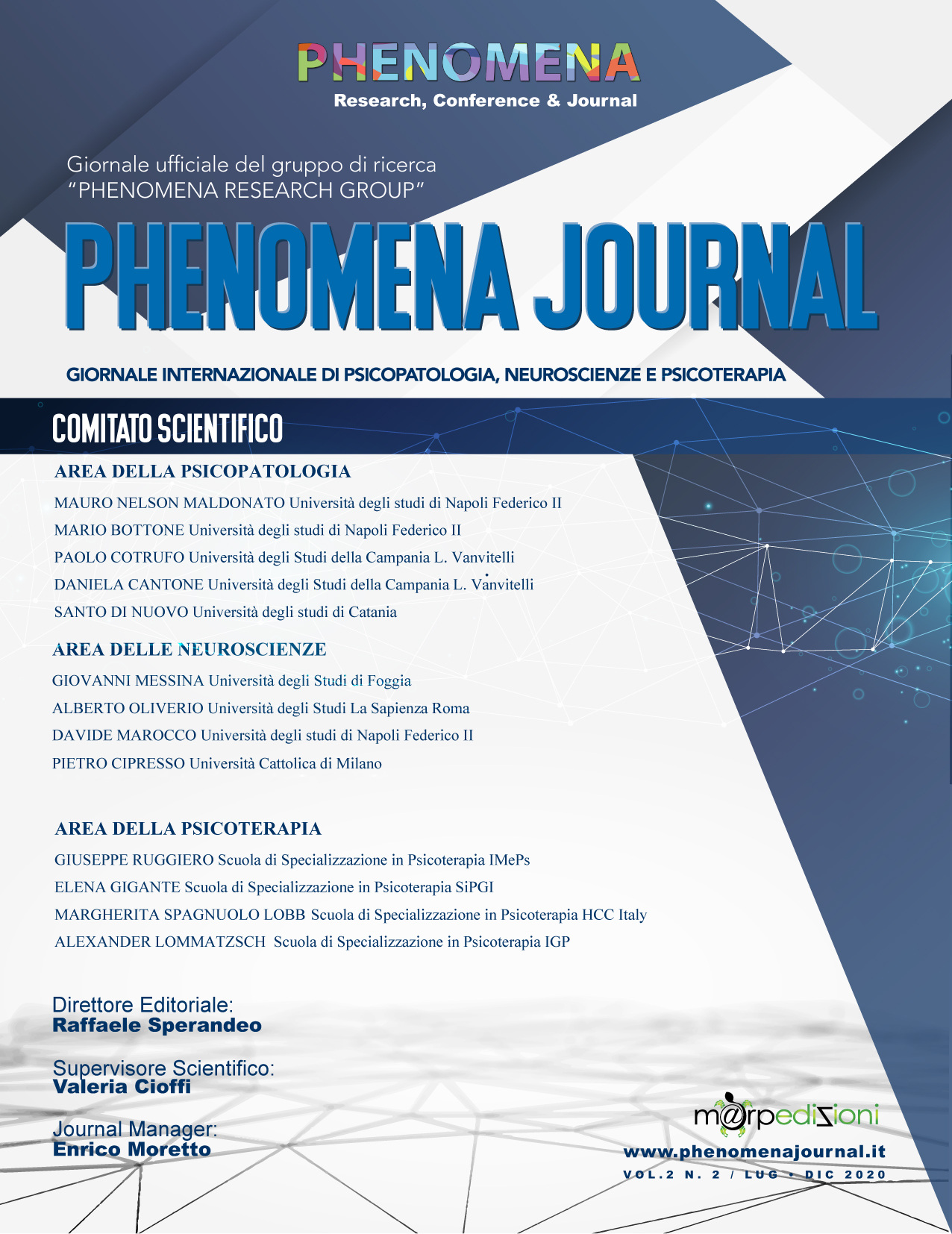Psychological intervention in prison according to the integrated Gestalt approach: relational aspect and risonances
Published 2020-09-23
Versions
- 2022-06-16 (2)
- 2020-09-23 (1)
Keywords
- context penitentiary,
- prisoners treatment,
- prison psychologist,
- methodology gestaltic integrated
How to Cite
Abstract
This work was born with the aim of creating an integrated methodology of psychological intervention in the penitentiary context. In this sense, has been created a path-intervention-treatment that combines the gestalt principles of attention to the present, responsibility and awareness with a Rogersian approach of unconditional acceptance and absence of judgment to allow through the narration of oneself a re-signification of one's own path of life with a view to change. This approach has as a parallel purpose that of improving the psychological condition of the prisoner, who lives in a relational dimension perpetually characterized by the conflict between different "actors" and in a temporary dimension that fluctuates from past to future, with the impossibility to reflect on the here and now. The work aims to outline a path-intervention through an integrated approach that aims to individualize the treatment pathway in a specific way and to outline a methodology of intervention for the prison psychologist, which allows to effectively facilitate a possible critical review of the crime, through the stimulation of self-awareness and self-harm and a consequent improvement in the psychological well-being perceived by the inmate himself. For the evaluation of the effectiveness of the treatment, a self report instrument was built in order to identify the presence of anxious depressive symptoms in the prisoner, before and after the psychological intervention performed.

